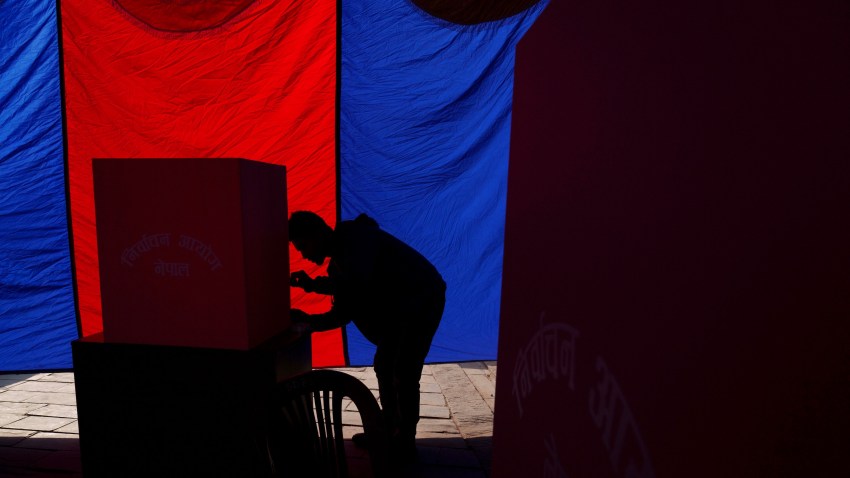Nepal’s resilient democracy received a major boost this year as it successfully elected 36,046 lawmakers to fill seats across the local, provincial and federal levels of government. That is a historic feat for this tiny Himalayan nation, which constitutionally transitioned to being a federated state in 2015. Out of just under 18 million registered voters, approximately 66 percent voted in local elections in May, while 61 percent exercised their right to vote in federal and provincial elections in November, signaling that the new system is gradually gaining legitimacy.
As the country consolidates its political configuration, however, the next hurdle may be higher. On the one hand, like much of the rest of the world, Nepal faces a steep battle to mitigate the longer-term impacts of the pandemic, geopolitical conflict, rising inflation and an economic slump. On the other, the new lawmakers seated across all levels of Nepal’s government must now deliver results in order to ensure political stability, advance inclusion and allow the transition to the federal system to fully mature.
That is no easy task. Public frustration over the current state of affairs was evident in the election results. First, voter turnout decreased slightly at the national level and more significantly at the local level compared to 2017 elections. Second, not a single mainstream political party was able to garner a majority, while six incumbent ministers lost elections, signifying public disappointment with established figures. So, although the current ruling coalition government led by the Nepali Congress, Communist Party of Nepal—or Maoist Centre—and Community Party of Nepal—or Unified Socialist—will likely form the next government at the federal level again, they will have to bring in other parties just to maintain a majority. That will further complicate an already unstable power-sharing agreement among a coalition with a mixture of contrasting political ideologies. This trend of uneasy coalition politics is also likely to be mirrored at the provincial level, which means that any hiccup at the federal level will likely have negative repercussions on the provinces.

